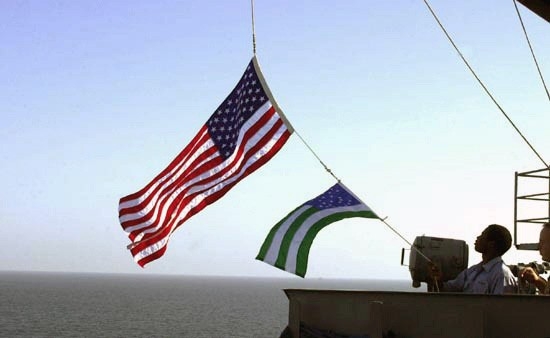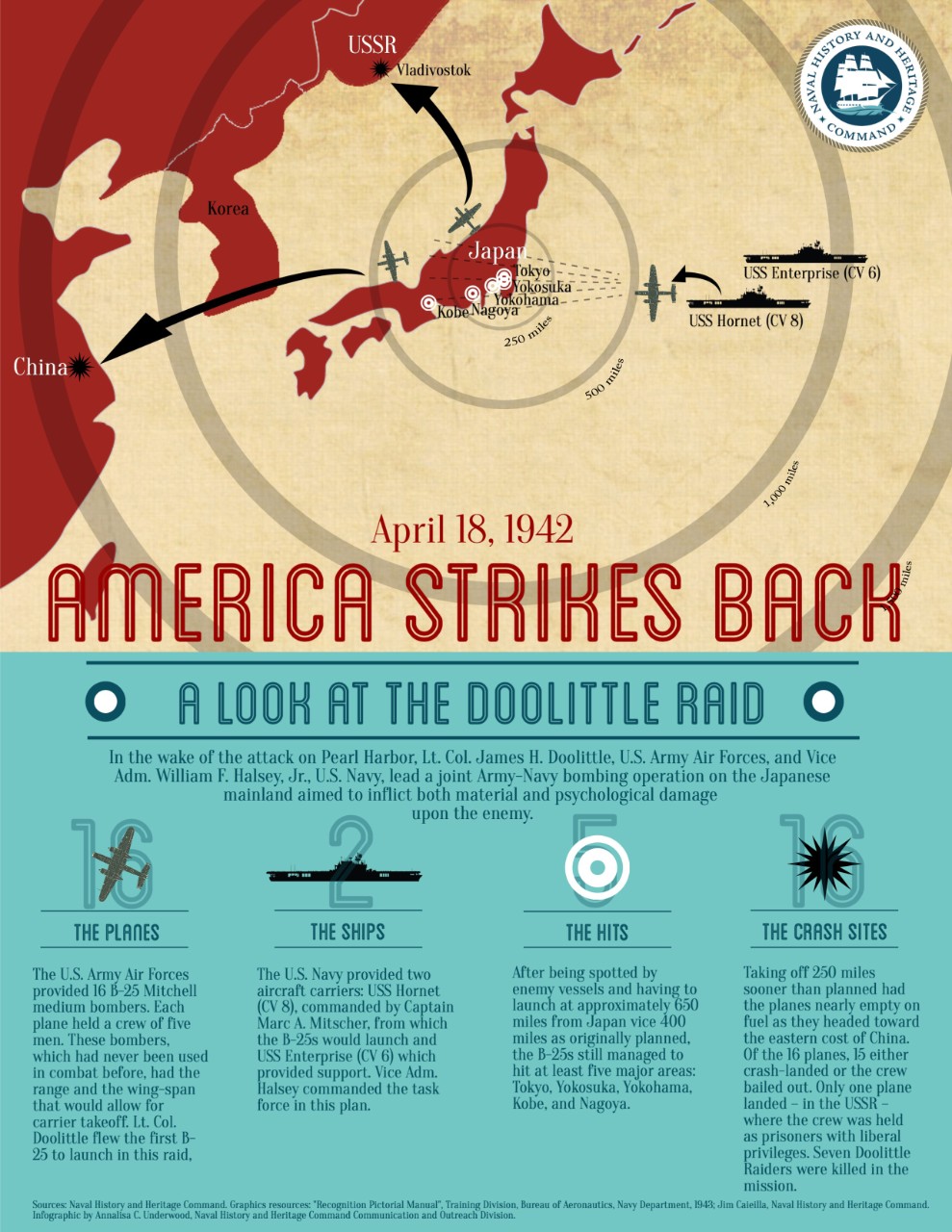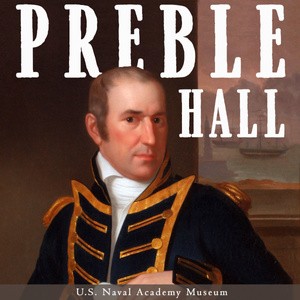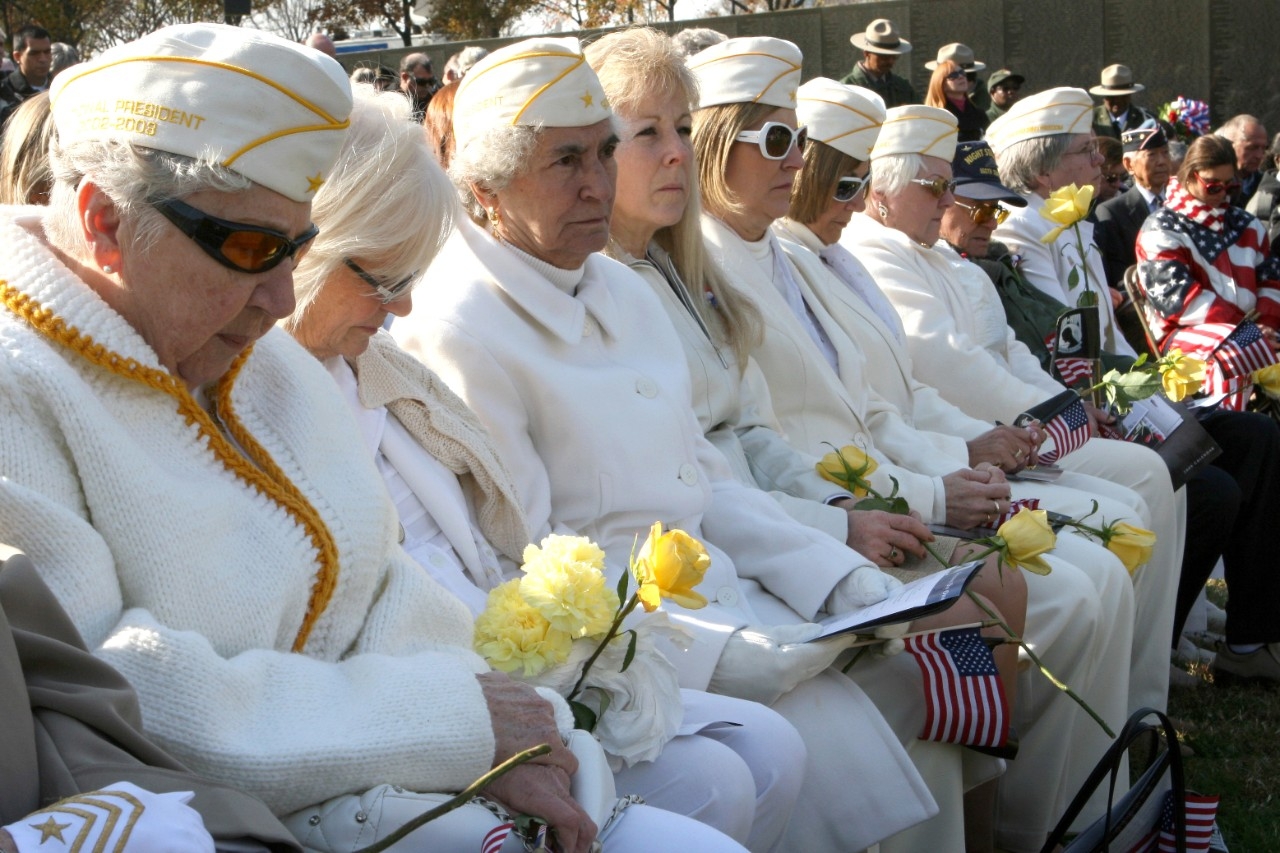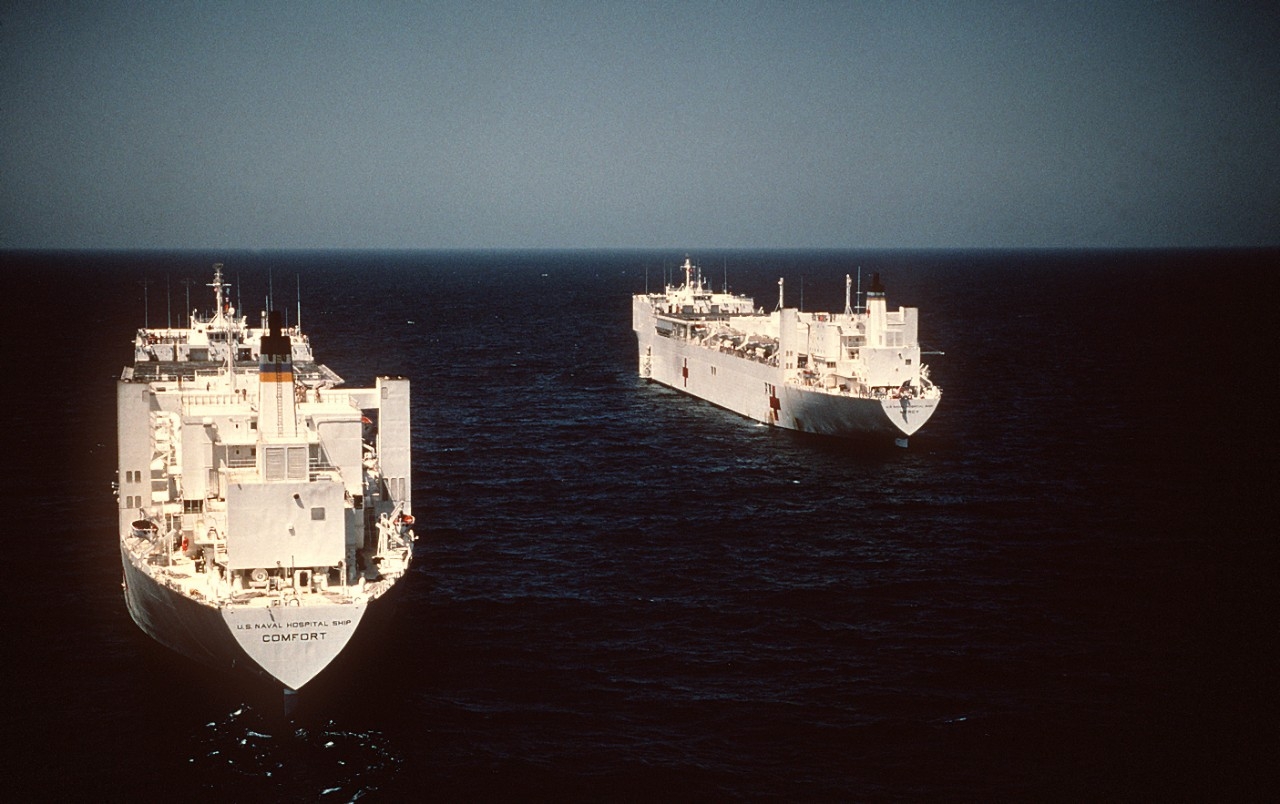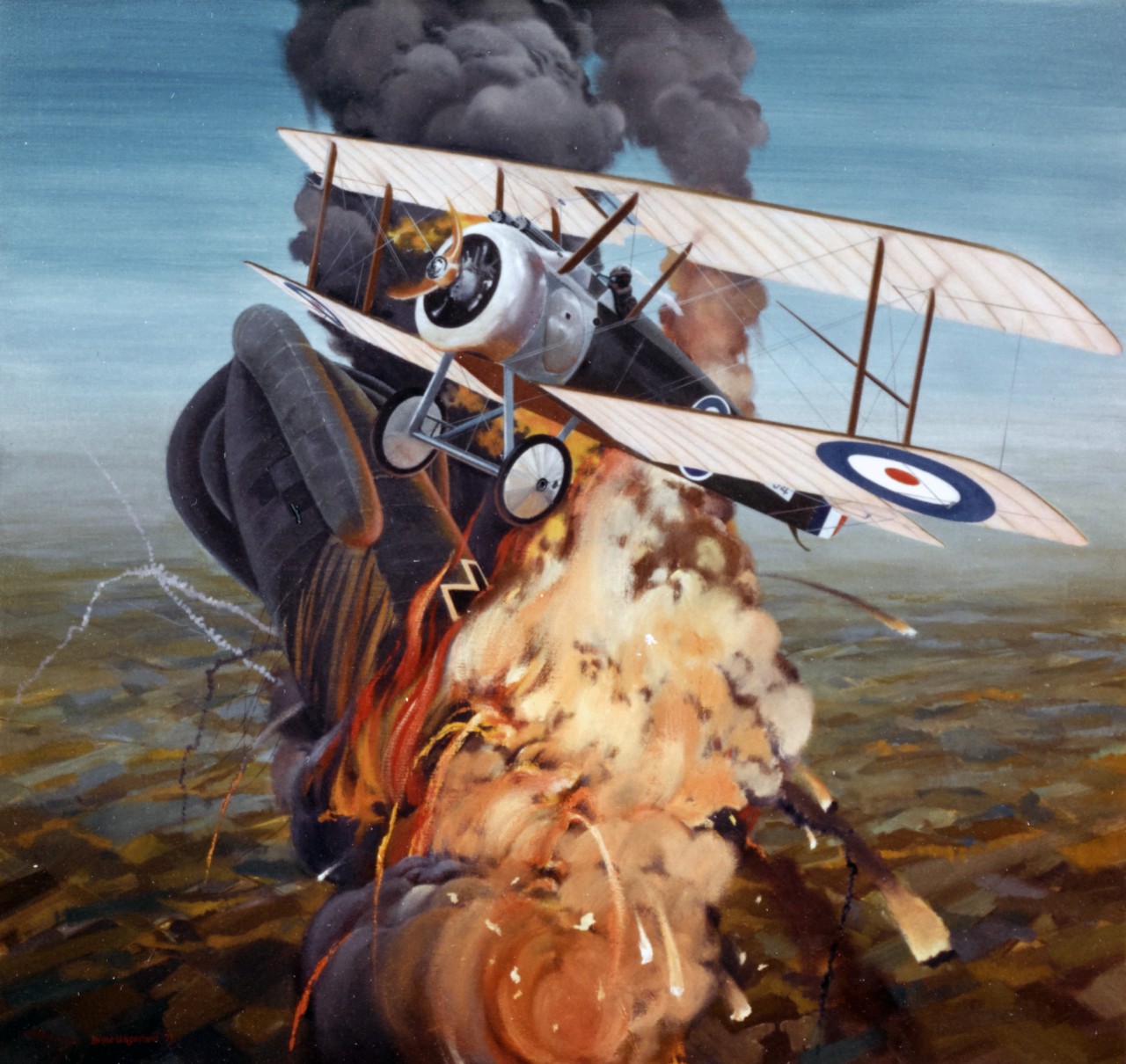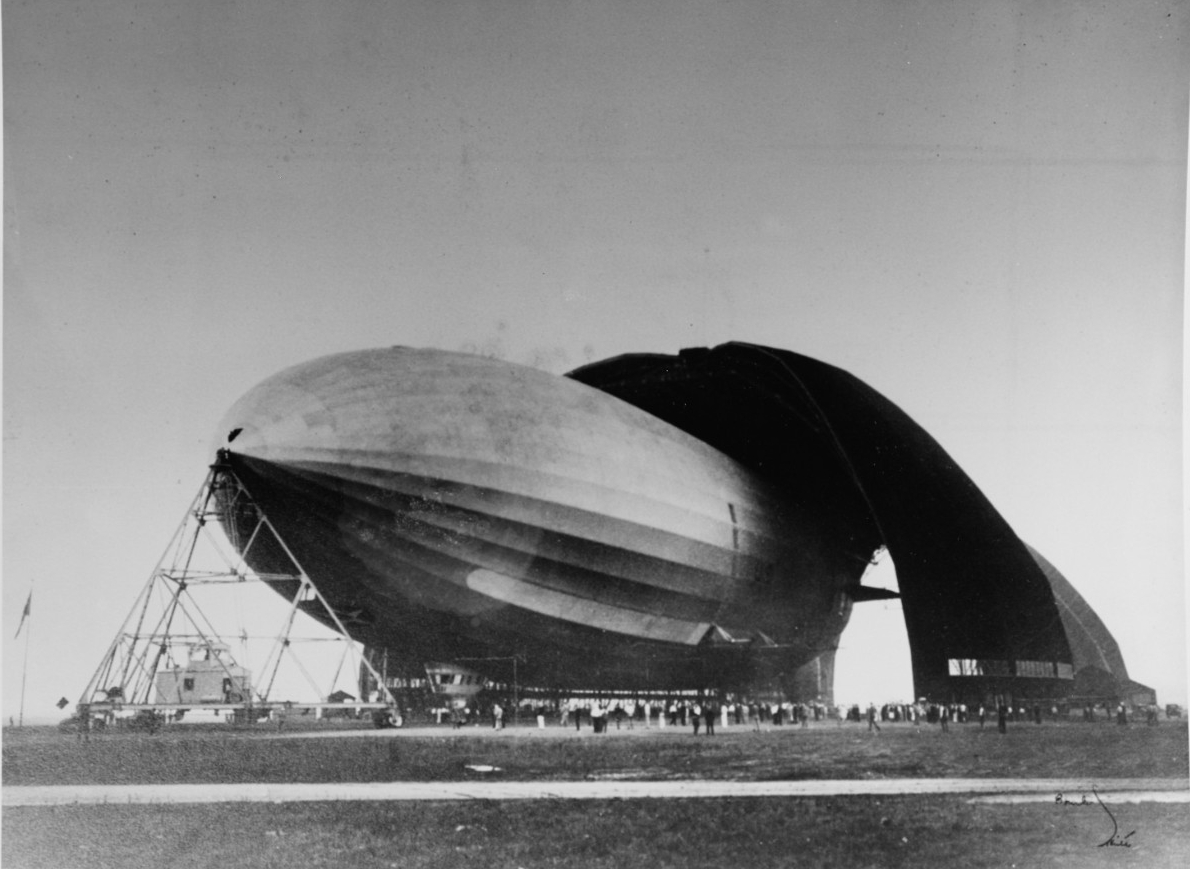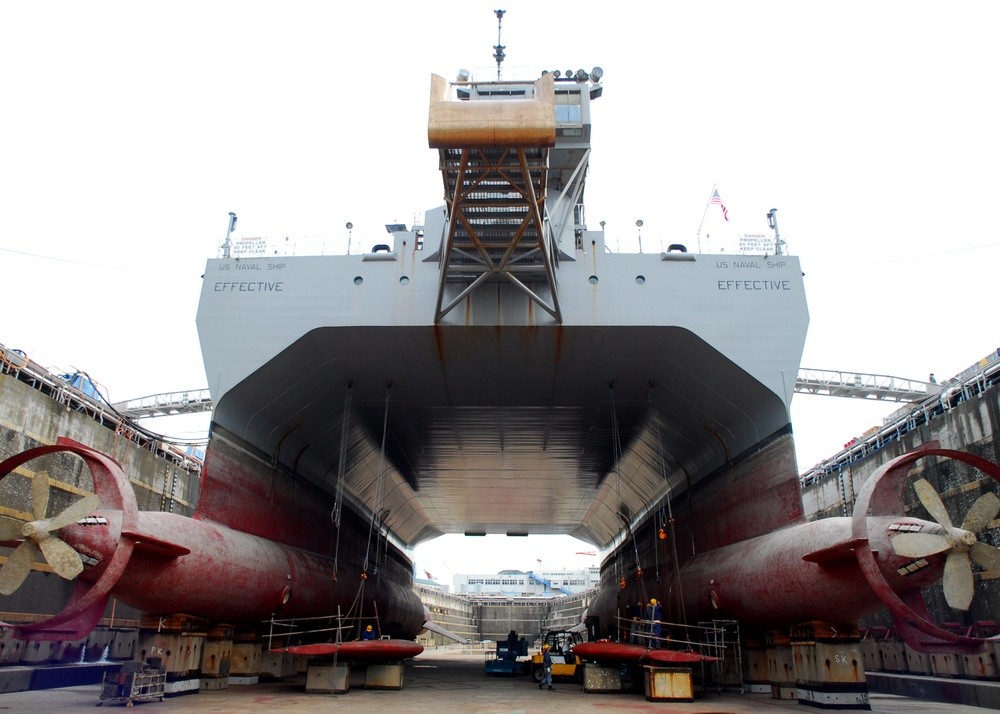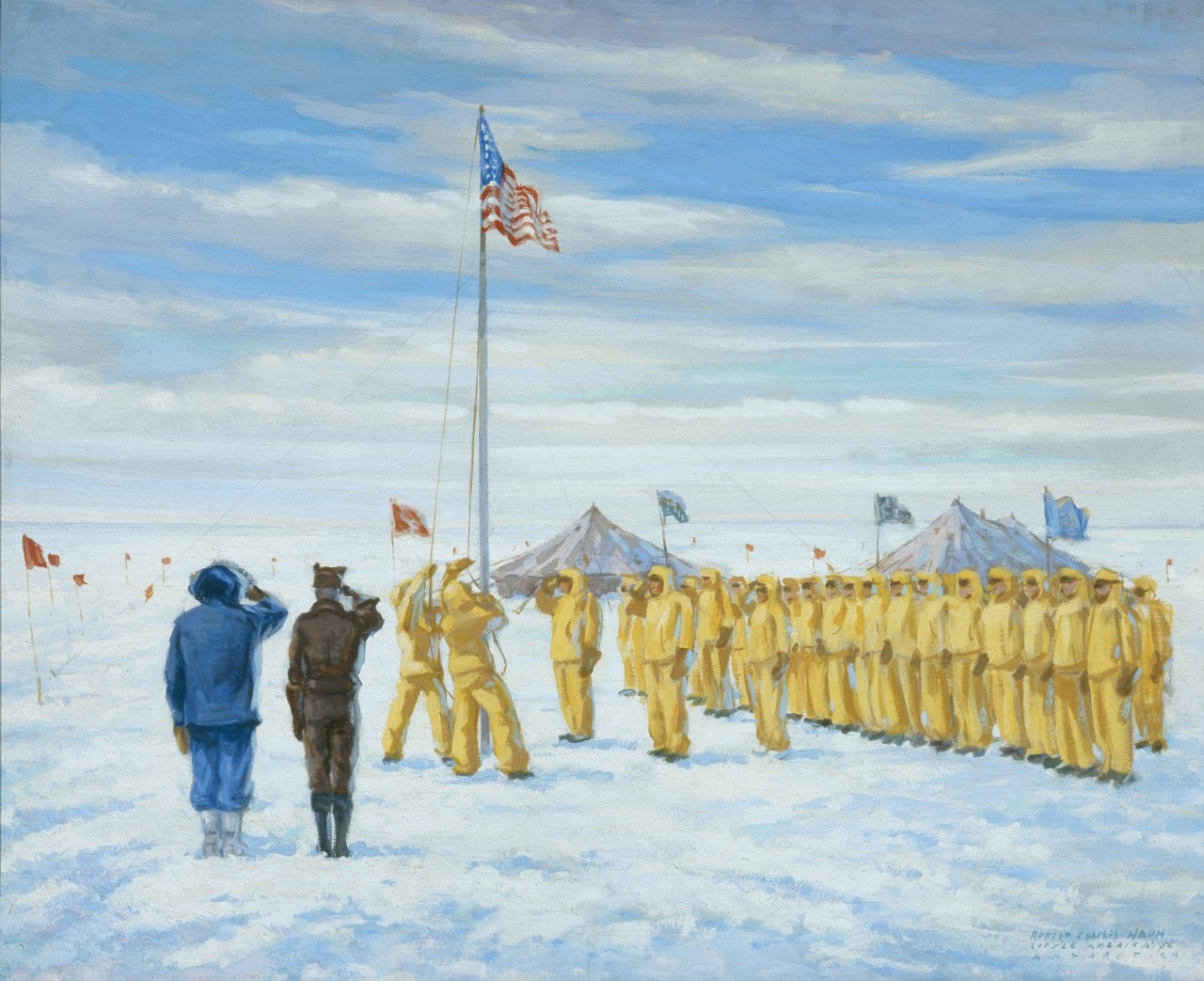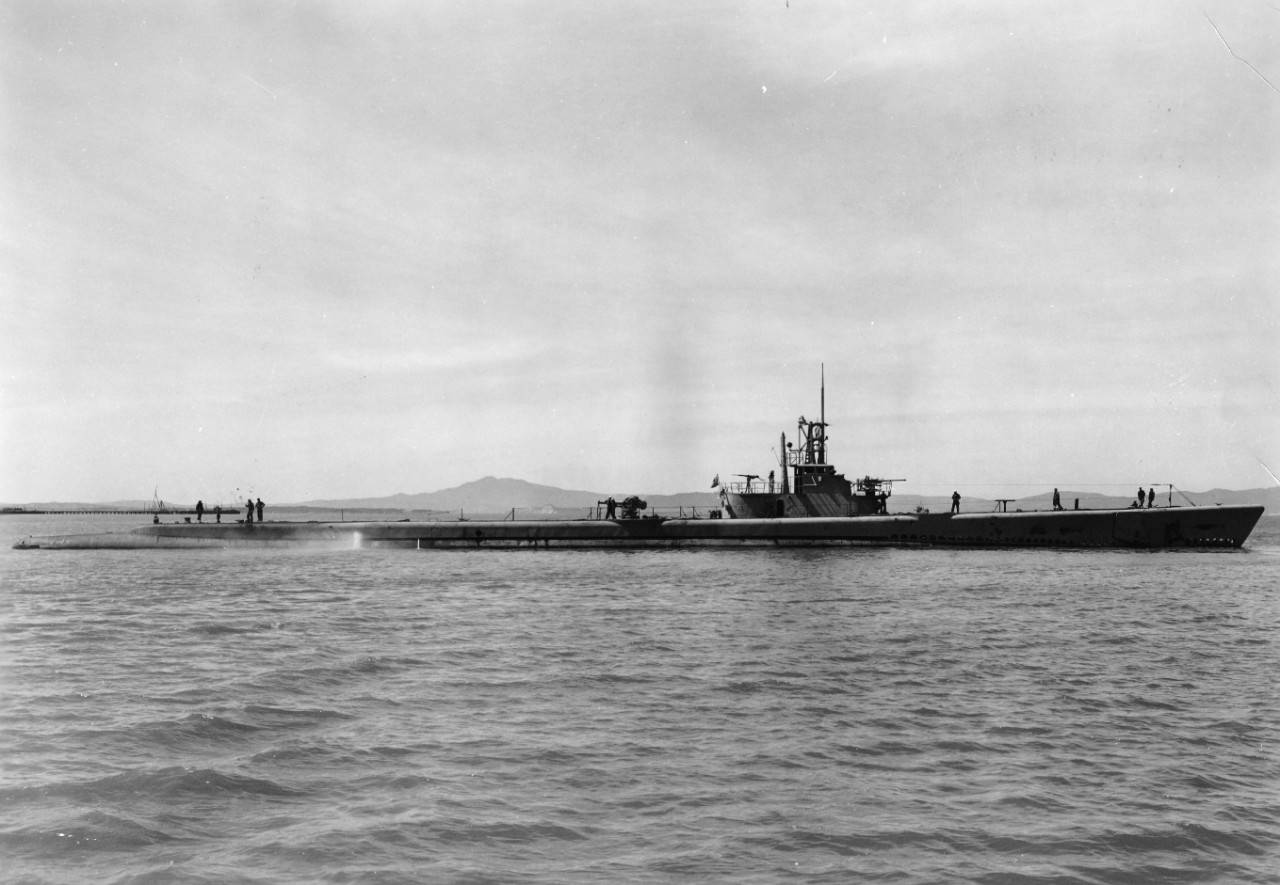Compiled by Brent Hunt, Naval History and Heritage Command’s Communication and Outreach Division
U.S. Military Continued to Prepare for War—20 Years Ago
On Sept. 24, 2001, President George W. Bush reported to Congress that, in response to the 9/11 terrorist attacks, he had ordered the “deployment of various combat-equipped and combat support forces to a number of foreign nations in the Central and Pacific Command areas of operations.” The President also noted that in efforts to “prevent and deter terrorism,” he may find it necessary “to order additional forces into these and other areas of the world.” Meanwhile, the Department of Defense’s nascent military response to the 9/11 attacks, initially code-named Operation Infinite Justice, was renamed Operation Enduring Freedom. Activities to sustain homeland defense and civil support are designated Operation Noble Eagle. Gen. Tommy Franks issued the operations order for Operation Enduring Freedom. On Sept. 27, USS Kitty Hawk, stationed at Fleet Activities Yokosuka, Japan, received notification of deployment to serve uniquely as an afloat forward staging base from which Special Operations Forces would be staged into Afghanistan. To accommodate and support the special operators, the Kitty Hawk Battle Group reconfigured from an average of 8,000 Sailors, ten ships, and 72 aircraft to 4,000 Sailors, three ships, and 15 aircraft.
Last of Doolittle Raiders Memorialized
Remembered as a man who faithfully served his country, Lt. Col. Richard “Dick” Cole, the last of the Doolittle Raiders, was honored and posthumously promoted to the rank of colonel during a recent ceremony at Joint Base San Antonio, TX. Cole passed away at the age of 103 on April 9, 2019. On April 18, 1942, the Doolittle Raiders, a group of 80 aircrew led by Lt. Col. James “Jimmy” Doolittle, flew 16 B-25 Mitchell bombers from USS Hornet to conduct an air raid on Tokyo. It was the first strike against the Japanese home islands after the Japanese attacked Pearl Harbor on Dec. 7, 1941. Cole was Doolittle’s co-pilot in the lead B-25 during the mission. Air Force Chief of Staff Gen. C.Q. Brown, Jr., was on hand as the keynote speaker during the ceremony. “I would say Dick Cole lived a life and had a career that many of us would say was full of danger, but he was up to the task,” he said. “He is truly a member of our Greatest Generation, and I’m proud to say this heritage of volunteering to do what is right and answer the nation’s call lives with our Airmen today.” For more, read the U.S. Navy press release. For more on the Doolittle Raid, visit NHHC’s website.
Preble Hall Podcast
In a recent naval history podcast from Preble Hall, Abby Mullen interviews Ben Schaffer, whose paper, “The Sloop Mary: How One 17th- Century Massachusetts Naval Vessel Navigated the Golden Age of Piracy, the Glorious Revolution, the Salem Witchcraft Trials, and Imperial War” won the Clark G. Reynolds Student Paper Award from the North American Society for Oceanic History. The Preble Hall podcast, conducted by personnel at the U.S. Naval Academy Museum in Annapolis, MD, interviews historians, practitioners, military personnel, and other experts on a variety of naval history topics from ancient history to more current events.
Gold Star Mother’s Day—Sept. 26
A presidential proclamation established Gold Star Mother’s Day on June 23, 1936. Expanded in 2012 to include parents, spouses, and children, Gold Star Mother’s and Family’s Day is now observed the last Sunday in September—this year, Sept. 26. The day recognizes and honors those who have lost a family member serving in the U.S. armed forces. The name “Gold Star Mothers” was derived from the custom of military families placing a service flag near their front window. The flag featured a star for each family member serving the country: blue stars represented living members, and gold stars honored family members who had lost their lives in combat. American Gold Star Mothers was incorporated in 1929, obtaining a federal charter from the U.S. Congress. The organization began with 25 mothers living in the Washington, DC, area and soon expanded to include affiliated groups throughout the nation.
Mercy, Comfort Steam Together for First Time
On Sept. 23, 1990, hospital ships USNS Mercy and USNS Comfort steamed together for first time in the Persian Gulf in the buildup to Operation Desert Shield/Desert Storm. More than 6,100 active-duty Navy personnel were deployed to the Middle East to provide medical care to coalition forces. Additionally, 10,452 naval medical reservists were recalled to active duty. Many filled large staffing gaps at military medical facilities, where staffing was cut to support the operation. Other reservists served on the hospital ships and fleet hospitals in theater. In addition to personnel of the Navy Medical Corps, Medical Service Corps, and Nurse Corps, more than 5,800 Navy hospital corpsmen served with Marines during Desert Shield/Desert Storm. For more on United States naval hospital ships, visit NHHC’s website.
Navy’s First Ace
On Sept. 24, 1918, while on a test flight in a British Sopwith Camel, Lt. j.g. David S. Ingalls sighted a German two-seat Rumpler over Nieuport, Belgium. In company with another Camel, Ingalls attacked and scored his fifth aerial victory in six weeks to become the Navy’s first ace. Ingalls also shot down at least one enemy observation balloon while serving with No. 213 Squadron of the British Royal Air Force. For these and other meritorious acts, the British awarded Ingalls the Distinguished Flying Cross, and the United States conferred upon him the Distinguished Service Medal. An official British evaluation of Ingalls’ service named him “one of the finest men No. 213 Squadron ever had.” For more on naval aviation, visit NHHC’s website.
Akron’s Maiden Flight Was Uplifting Experience
Motorists jammed the streets and more than 150,000 people scrambled for vantage points on surrounding hillsides. Excited children waited in the crowd as well. Schools had closed in the Ohio cities of Akron, Cuyahoga Falls, and Wadsworth so that students could watch the much- anticipated event. It was Wednesday, Sept. 23, 1931, and the rigid airship Akron was prepared to take its maiden voyage. Guided by a crew of 250, the dirigible emerged from her air dock into the sunlight. She had waited nearly two years for this moment. The pilot of the airship, Lt. Cmdr. Charles E. Rosendahl, checked the weather conditions before announcing, “Stand by to up ship. Up ship.” Akron began to climb at 3:37 p.m. “Automobile horns, applauding hands, cheers from thousands of throats united in a bedlam of noise as Akron rose slowly and noiselessly from her mooring mast at the beginning of the flight,” the local paper reported. Powered by eight German-built Maybach engines, the cigar-shaped airship began her historic journey. For more, read the article. For more on Airships and Dirigibles, visit NHHC’s website.
Effective Christened, Launched—30 Years Ago
On Sept. 26, 1991, USNS Effective was christened and launched at Morgan City, LA. She was placed in service with the Military Sealift Command on Jan. 27, 1993. Effective is an MSC-manned ocean surveillance ship that primarily uses the AN/UQQ-2 Surveillance Towed Array Sensor System (SURTASS) to gather underwater acoustical data. The command operates the ship as part of its Special Mission Ships Program, using her to support the antisubmarine warfare mission of the commanders of the Atlantic and Pacific Fleets. In addition, Effective carries electronic equipment to process and transmit that data via satellites to shore stations for evaluation. She is built on a small-waterplane, twin-hull design for greater stability at slow speeds in high latitudes under adverse weather conditions. She is one of five ocean surveillance ships in the MSC inventory.
Webpage of the Week
As we begin to say goodbye to the warm months of summer and prepare for cooler temperatures, this week’s Webpage of the Week should get you in the right frame of mind. Polar Exploration in the Navy dates back to as early as 1839 when Capt. Charles Wilkes led the first U.S. naval expedition into Antarctic waters. Later, Adm. Richard E. Byrd established an Antarctic naval base known as Little America and led multiple expeditions in the 1930s and after World War II. Operations conducted by the Navy during the Cold War included multiple Deep Freeze operations, and on Aug. 3, 1958, USS Nautilus became the first submarine to pass directly below the North Pole. For more on these events plus notable people, articles, art, artifacts, and much more, check out this page today.
Today in Naval History
On Sept. 21, 1944, during her seventh war patrol, USS Haddo torpedoed and sank Japanese survey ship Katsuriki off Manila, Philippines. Haddo was headed to Subic Bay for “lifeguard”— search-and-rescue (SAR)—duty when she detected Katsuriki in company with a Japanese hospital ship, which the submarine disregarded. On Haddo’s seventh war patrol alone, she sank two cargo ships, one escort ship, one destroyer, one sampan, and Katsuriki. She received a Navy Unit Commendation for the outstanding patrol. Over the course of World War II, Haddo conducted ten war patrols and received six battle stars. Her fifth, seventh, eighth, and ninth war patrols were designated successful. Her tenth war patrol was cut short when the Japanese surrendered.
For more dates in naval history, including your selected span of dates, see Year at a Glance at NHHC’s website. Be sure to check this page regularly, as content is updated frequently.

